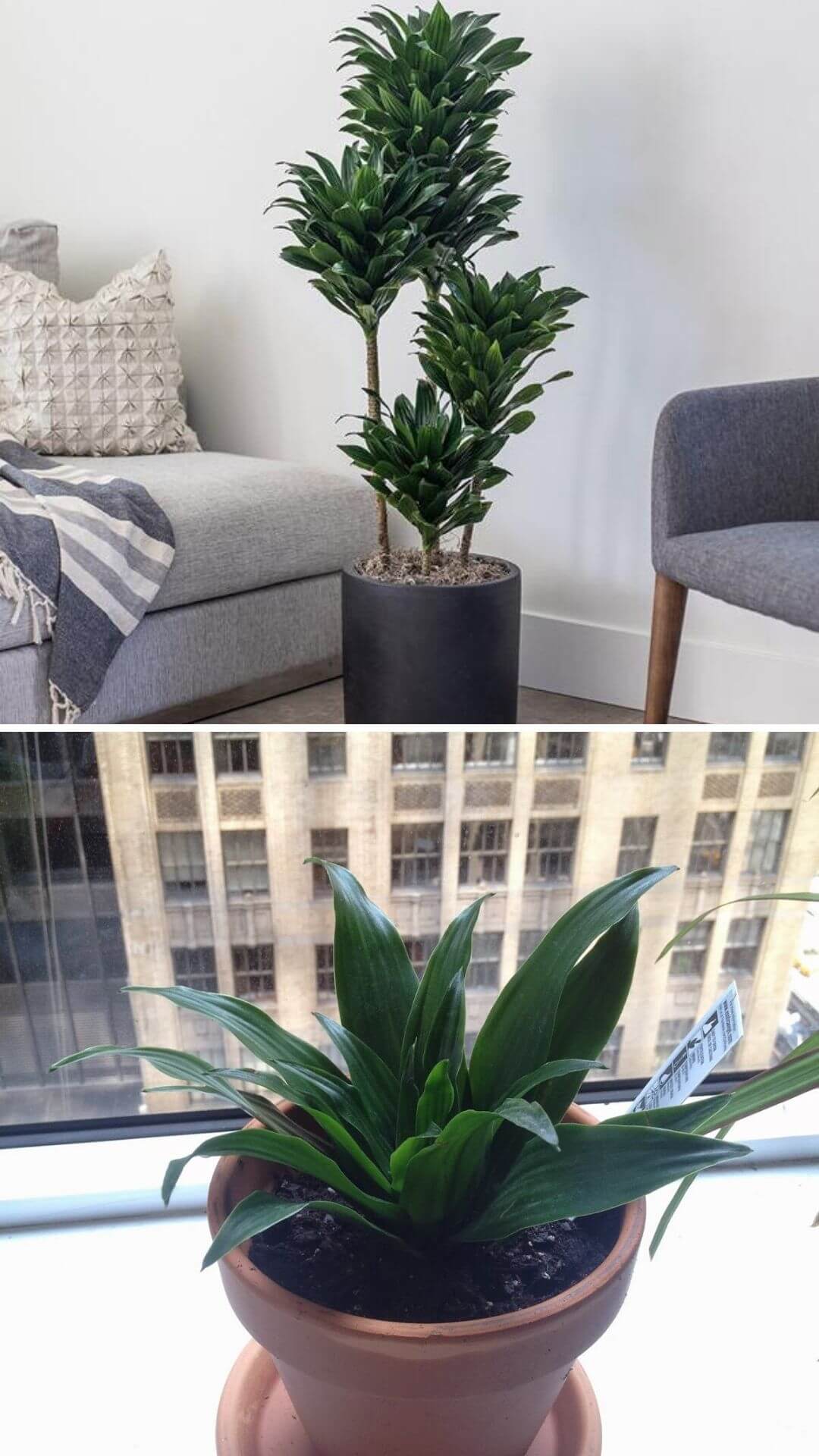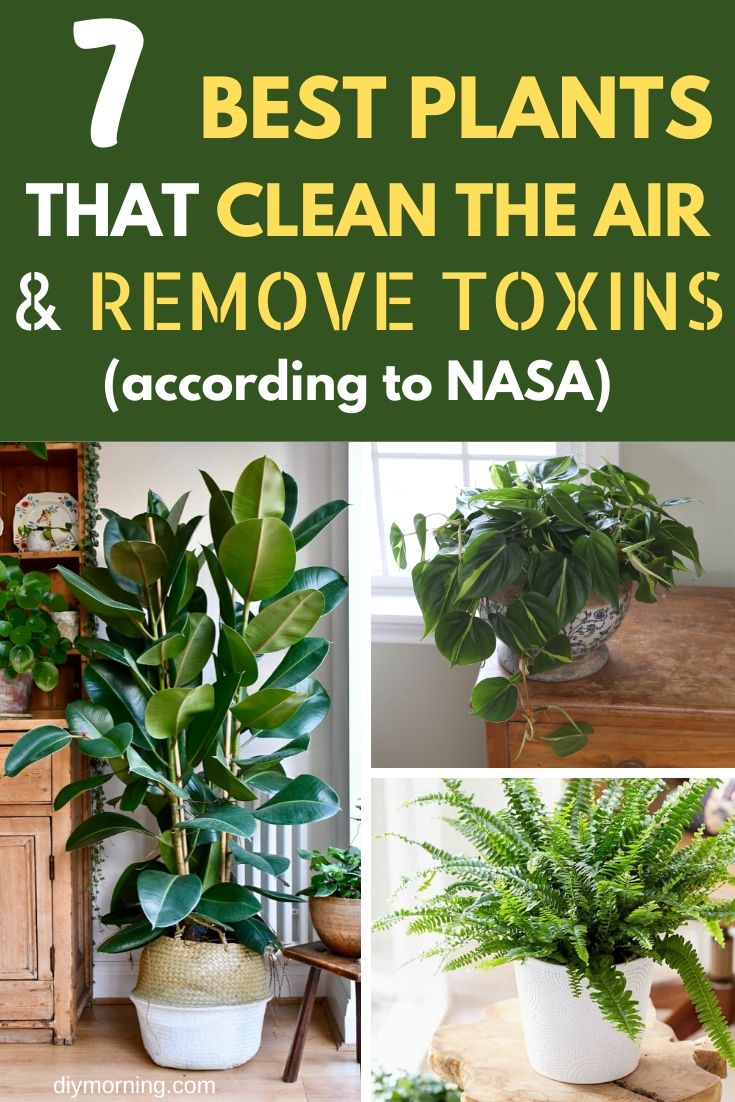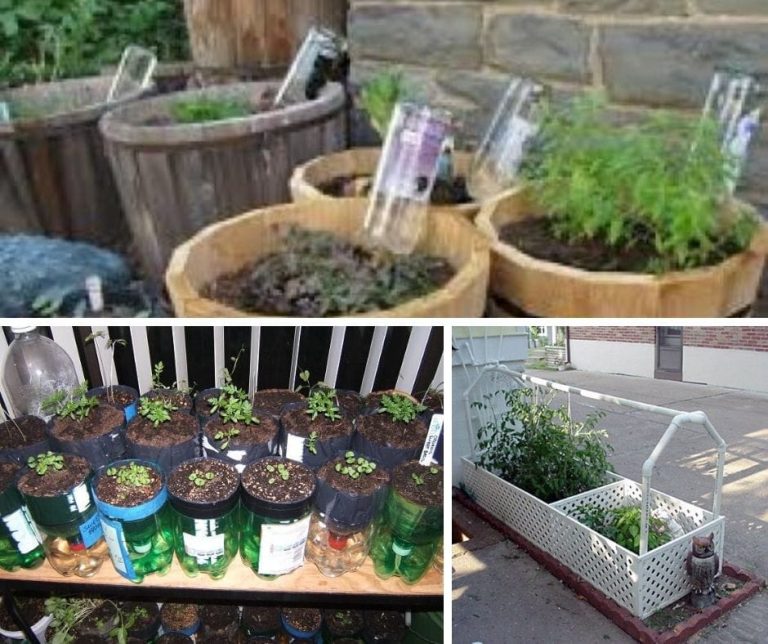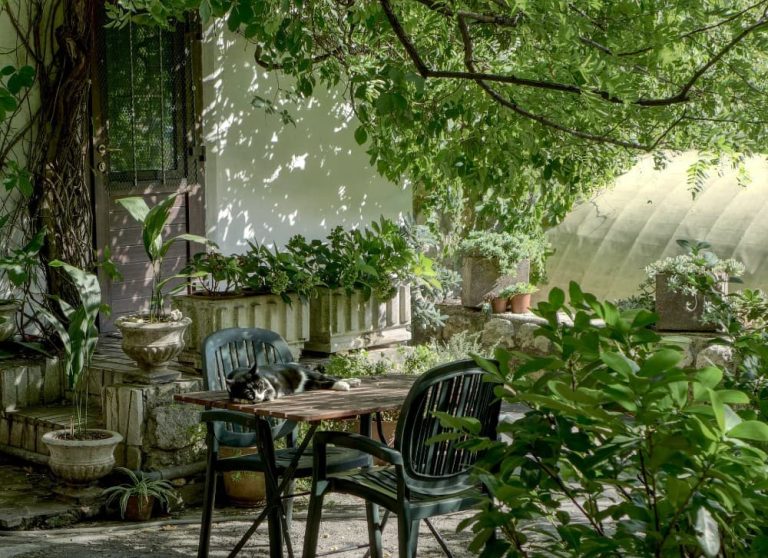7 Indoor Plants That Clean The Air and Remove Toxins
The rave about growing plants may only start as a hobby, but it sure has a very good long term effect that you will get to enjoy as long as you take care of these plants properly.
It is a well-known fact that plants clean the air and help us in our everyday survival through the oxygen they produce. But some plants produce more oxygen than most and have purifying effects on the air.
So instead of buying humidifiers and commercial air fresheners, maybe all you just have to do is plant these plants that we will talk about today.
Table of Contents

How do indoor plants clean the air and what toxins do they remove?
Cleaning the air through indoor plants is a well-researched fact. As a matter of fact, it can be traced back to as early as 1989 by NASA and was followed through the years by the Pennsylvania State University and University of Georgia among others.
Indoor plants clean the air through two processes: first, plants absorb all types of gas through their leaves and transform these gases into oxygen through photosynthesis.
Among the many toxins they remove from the house would be volatile organic compounds or simply VOCs. Of these VOCs, benzene and formaldehyde are the most common.
The items that we use which contain benzene would be fabric, pesticides, cigarettes, plastics and even insecticides. Formaldehyde on the other hand could be found in detergents, fabric softener and cosmetics among others.
Plants that clean the air and remove toxins
Now that we know the toxins that indoor plants remove and how they actually clean the air in our homes, here are some plants that you can grow to produce fresher air and remove toxins in your immediate surroundings.
1. Lady palm (Rhapis excelsa, bamboo palm)

This palm variant has very specific cultivation needs. It thrives in partial sun and may need a lot of watering for an indoor plant.
At the bright side though, it is able to filter benzene and formaldehyde found in lubricants, detergents and rubber products aside from neutralizing the humidity in your house because of its tropical large leaves.
2. Rubber plant (Ficus elastica, rubber fig)

This plant has been a famous indoor plant since the Victorian era. It is easy to cultivate primarily because it is tolerant to sun and cold but it will die with direct sun or when the temperature is below 16 degrees. Its favorite toxins to clean are formaldehyde and benzene.
3. Areca palm (Dypsis lutescens, golden cane palm, yellow palm)

This plant filters more than just formaldehyde and benzene. It is also able to filter a toxic chemical compound called toluene which is found in paint thinners, nail polish, art materials like glue and also in correction fluid.
These substances may have cumulative effects especially that we use them on a regular basis. To curtail their effect, this plant releases a huge amount of water vapor and filters the air.
4. Dracaena Janet Craig

The Janet Craig could really grow tall at 10 feet as long as it gets partial shade and partial sun. It is also one of the easiest houseplants to grow, being able to withstand harsh temperatures.
All it needs is an evenly moist soil and water without that much fluoride. As a natural air purifier and humidifier, it loves blocking off trichloroethylene.
5. Philodendron

This plant can give you long years of detoxed air if you can take care of it right. Specifically, it blocks off formaldehyde in every 100 square feet of the area where it is placed.
It has dark green leaves and it is more attractive in plant baskets. It comes with many variants.
The most famous of which would be the lacy tree, heart philodendron and the big leaf philodendron. Aside from being a natural air purifier, it is also easy to take care of as a houseplant.
6. Peace lily (Spathiphyllum)

This hardy plant does an excellent job in removing common toxins like benzene, formaldehyde and trichloroethylene which can be found in alcohol, paint thinners, acetone and insecticides among others.
It has a high transpiration rate or produces more oxygen than most plants that is why it makes a good purifier and humidifier for air. It is also one of those few tropical plants that could bloom flowers even when planted indoors.
7. Boston fern

The ability of this plant to clean the air and remove toxins specifically that of formaldehyde is well backed up by research. This toxin is present in almost anything; from facial tissue to adhesives and other small stuff that may go unnoticed.
Like all the other plants that made it to this list, it also produces more oxygen than other plants that is why it would be a very good addition to your indoor plants.








